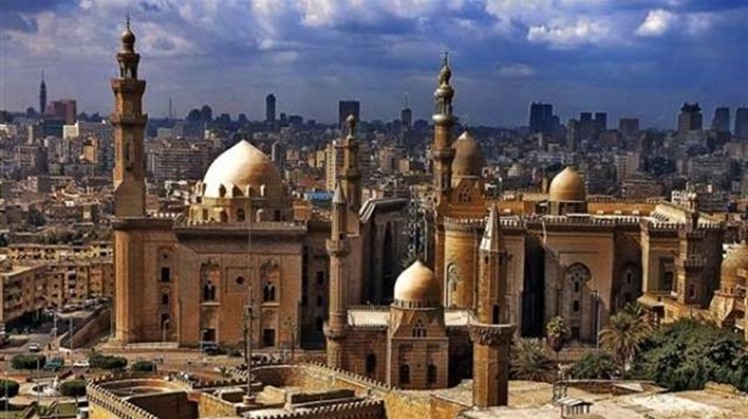The Egyptian state, under the leadership of President Abdel Fattah El-Sisi, is currently paying great attention to the issue of true awareness in various fields, to immunize young people about what is happening around us. With the state’s strategy to restore the historical and cultural splendor of the archaeological sites in Egypt, and to highlight the great cultural heritage that Egypt has for thousands of years, the President gave his instructions to remove all obstacles and provide full support to these projects to the fullest.
The historic city of Cairo is one of the most important and largest heritage cities in the world, as it is a lively city characterized by the richness of its urban fabric, in addition to the multiplicity of monuments and historical buildings, reflecting the long history of Cairo as a political, cultural, commercial and religious capital, dominant and pioneer in the Middle East and the Mediterranean basin.
President Abdel-Fattah El-Sisi assigned the government to develop Historic Cairo, and to evacuate the governorate from ministries and government administrative headquarters, which allows Cairo to return to its historical, cultural, tourist and archaeological role. .
The Urban Revitalization Project for Historic Cairo is one of the projects of the Ministry of Tourism and Antiquities represented by the General Administration of Historic Cairo in partnership with the Faculty of Engineering, Cairo University, the Center for Archeology and Environment Engineering, beginning in 2017. Its planning and architecture is a rare architectural masterpiece, embodying the confluence of civilizations and various human interactions, and it still preserves its planning of ancient streets and lanes.
This city is a distinct model of Islamic architecture, as it collected many unique architectural examples from the eras of the Umayyads, Tulunids, Fatimids, Ayyubids, Mamluks and Ottomans. Due to the abundance and richness of this architecture that adorns the sky of Cairo, scholars, historians and the public knew it as "the city of a thousand minarets". Historic Cairo includes several sites. It represents a unique form of human settlement that combines the religious and residential uses of the place, namely: Fustat, ancient Egypt, the central region, which includes the Qata'a, the Tulunid royal city, the Citadel area, the Darb al-Ahmar, the Fatimid nucleus, the port of Bulaq, and the Jayyoushi Mosque.
Historic Cairo was inscribed on the World Heritage List in 1979, based on the recommendation of the International Council on Antiquities and Sites (ICOMOS).
 Wed, Aug. 25, 2021
Wed, Aug. 25, 2021